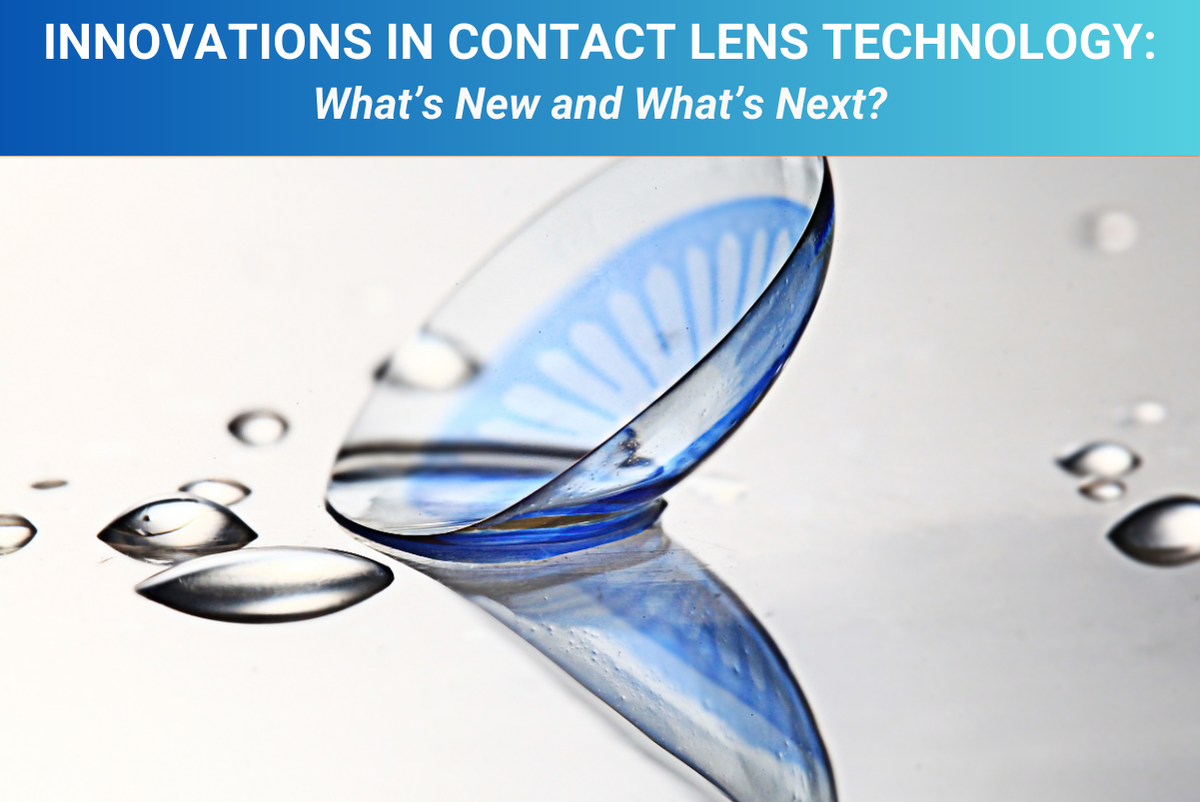Blog

Contact lenses have come a long way since their invention, offering patients unparalleled convenience, comfort, and vision correction. From UV protection to lenses that reshape your vision overnight, innovations in contact lens technology are rapidly advancing. Whether you’re a long-time contact lens wearer or considering them for the first time, these groundbreaking developments are transforming how we see the world—literally.

Our eyes play a crucial role in our everyday lives, and taking care of them is essential. However, eye exams offer more than just an opportunity to update your prescription or check your visual acuity. Routine eye check-ups provide a window into your overall health, allowing for the early detection of systemic diseases such as hypertension, diabetes, and even neurological conditions like multiple sclerosis. Here’s why scheduling regular eye exams is vital for maintaining both your vision and your general well-being.

As the year comes to a close, many people start thinking about their health and wellness goals for the upcoming year, but often overlook one essential part of their well-being—their vision. If you have vision insurance or a flexible spending account (FSA) that covers eye care, now is the perfect time to make sure you’re getting the most out of your benefits. Many vision plans have yearly benefits that don’t roll over into the next year, meaning if you don’t use them, you lose them.

Halloween is an exciting time of year filled with costumes, spooky makeup, and fun decorations. However, with all the creative ways people transform their looks during this holiday, it’s easy to overlook the potential hazards that Halloween festivities can pose to your eyes. From costume contact lenses to makeup and even certain props, many Halloween staples can cause eye injuries or infections if not handled with care.

When it comes to maintaining good vision and overall eye health, many people may not realize how much their diet plays a key role. While regular eye check-ups and proper eye care are crucial, what you eat can directly impact how well your eyes function and how healthy they remain over time. Certain nutrients have been shown to promote eye health and reduce the risk of various eye conditions, including age-related macular degeneration (AMD) and cataracts. In this article, we’ll explore the relationship between nutrition and eye health, emphasizing key nutrients and foods that promote optimal vision.

Diabetes is a chronic condition that affects millions of people worldwide, and its impact extends far beyond blood sugar levels. One of the most critical yet often overlooked aspects of diabetes is its effect on eye health. Individuals with diabetes are at a higher risk of developing various eye conditions that can lead to vision impairment or even blindness if not properly managed.

In today’s digital world, screens are an integral part of our children’s daily lives. From educational apps and online learning to entertainment and social interaction, kids are spending more time in front of screens than ever before. As parents, it’s natural to be concerned about the potential impact of this increased screen time on your child’s eye health.

Our eyes are among our most valuable organs, allowing us to experience the world in all its vibrant detail. Yet, many of us take our vision for granted until we face issues. At OmniVision Eye Care, we are dedicated to educating you about common eye conditions, their causes, symptoms, and prevention strategies to help you maintain optimal eye health. This post will cover dry eye syndrome, glaucoma, macular degeneration, and diabetic retinopathy, and highlight the importance of regular eye exams for early detection and management.

n a world where clarity of vision is paramount, advancements in vision correction technologies have been a game-changer for millions of individuals worldwide. From the days of simple glasses to sophisticated laser surgeries, the landscape of vision correction has evolved significantly over the years. At OmniVision Eye Care, we’re committed to exploring and embracing the latest innovations in this field to provide our clients with the best possible solutions for their visual needs. Gone are the days when blurry vision was an inevitable part of life. Today, with cutting-edge technologies, we can correct refractive errors such as nearsightedness, farsightedness, and astigmatism with remarkable precision and efficiency. Let’s delve into some of the latest advances that are reshaping the way we see the world.
